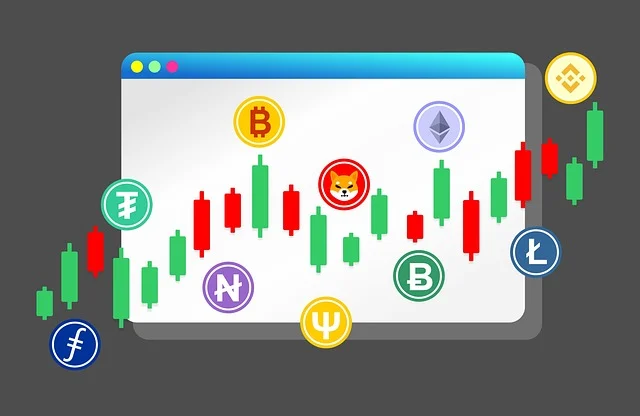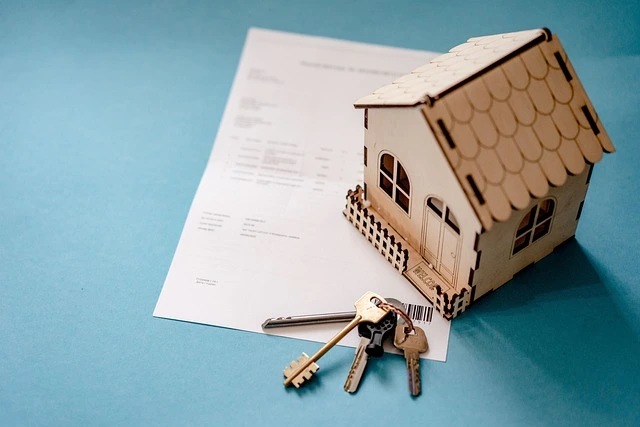Introduction
Welcome. Today, we’re diving into municipal bonds—what they are, how they work, why governments issue them, and whether they deserve a place in your investment strategy.
This isn’t just a dry financial topic. Municipal bonds, or munis as traders call them, are practical tools that serve two masters: public progress and personal profit. If you’re looking for a relatively safe, tax-efficient investment, they might be exactly what you need.
What Are Municipal Bonds?
Municipal bonds are debt instruments issued by local government entities—states, cities, counties, school districts, universities, water districts, and more. These institutions issue bonds when they need fast funding for public projects: think roads, schools, bridges, hospitals, or power grids.
When you buy a municipal bond, you’re lending money to one of these institutions. In return, they agree to pay you interest—typically every six months—and eventually return your principal at maturity.
What makes them especially appealing? Many municipal bonds are exempt from federal income tax, and in some cases, also from state and local taxes. That’s why they attract high-income investors looking to minimize tax exposure while earning steady returns.
How Do Municipal Bonds Work?
Municipal bonds come with a face value (also called par value), which is the amount the issuer agrees to repay at maturity. To make the deal more attractive, they offer an interest rate—referred to as the coupon. The coupon used to be an actual detachable section of the bond certificate; now, it simply refers to the annual interest rate, calculated as a percentage of the bond's face value.
Example: A $10,000 bond with a 5% coupon pays $500 a year in interest.
But here’s where it gets more interesting—bonds trade on the open market, and their prices fluctuate. A bond with a $10,000 face value might sell for $9,700. In that case, the price is quoted as “97.” These price swings depend on market conditions, interest rates, and economic sentiment.
The Yield to Maturity (YTM) is what smart investors care about most. It factors in the purchase price, interest payments, and the final payoff. This gives a more accurate projection of your actual return.
Two Main Types of Municipal Bonds
There are two primary categories, and the difference is all about where the repayment money comes from.
🏛️ General Obligation (GO) Bonds
GO bonds are backed by the taxing power of the issuer—be it property tax, sales tax, or other general funds. These are considered safer, especially if issued by entities with a broad tax base.
They come in two flavors:
- 🟢 Unlimited Tax GO Bonds: The issuer pledges to raise taxes as much as needed to repay bondholders.
- 🟡 Limited Tax GO Bonds: The issuer commits to raise taxes only up to a set limit. Example: a county might increase the medical services tax by 1.5% for three years to repay a bond issued for a new hospital.
🏗️ Revenue Bonds
Revenue bonds are backed not by taxes but by income generated from a specific project—a stadium, a toll road, a water system. If the project makes money, the bondholders get paid. If not, you’re out of luck.
These bonds are often issued by government agencies that operate more like businesses, including:
- 💧 Water districts
- 🚇 Transportation authorities
- 🏥 Public hospitals
- 🎓 Universities
Unlike GO bonds, revenue bonds can also be issued by not-for-profit organizations and even some private corporations.
Who Invests in Municipal Bonds?
According to the Federal Reserve and SEC, the most common investors in munis include:
- 💰 Individual high-net-worth investors
- 📊 Mutual funds
- 💸 Money market funds
- 🛡️ Life insurance companies
- 🏦 Commercial banks
- 🌍 Foreign investors
As of the last data, over $3.7 trillion was invested across more than a million outstanding municipal bonds, with individuals holding $2.78 trillion of that total.
Why so much interest? Because munis are a conservative, tax-advantaged way to grow and preserve wealth—especially appealing to retirees and those in high tax brackets.
How to Buy Municipal Bonds
There are two main ways to get in:
🟢 Direct Purchase
Buy bonds directly through:
- Brokers (including those who specialize in fixed-income)
- Banks
- Bond dealers
- Occasionally, directly from the issuing municipality
Minimum investment usually starts at $5,000, and increments from there. Fees range from 0.4% to 3% depending on the broker.
🔵 Mutual Funds
Alternatively, invest in municipal bonds indirectly by buying shares in a municipal bond mutual fund. These are actively managed portfolios where professionals research, select, and manage the bond investments for you. You can invest through a brokerage or directly from the fund company.
Advantages of Municipal Bonds
- ✅ Tax-Exempt Interest
- ✅ Steady Income
- ✅ Portfolio Diversification
- ✅ Relatively Low Risk
Some municipal bonds even offer higher yields than other fixed-income instruments. For example, in July 2017, munis registered YTM rates up to 4.04%, compared to 2.7% on 30-year Treasuries.
But be cautious. Not all dealers have your best interest in mind. Some push questionable bonds to earn commissions. Always do your research and avoid blindly following financial advisors who aren’t well-versed in these instruments.
Factors Influencing Returns on Municipal Bonds
- 📉 Market Interest Rates – As interest rates rise or fall, bond prices move inversely, directly impacting returns.
- 📊 Credit Rating of the Issuer – Higher-rated bonds typically offer lower yields but more stability; lower ratings may offer higher returns with greater risk.
- 🏙️ Type of Bond (GO vs. Revenue) – General Obligation bonds are usually safer, while Revenue bonds can offer higher yields with more risk.
- 📅 Time to Maturity – Longer-term bonds generally have higher yields but are more sensitive to interest rate changes.
- 💵 Purchase Price vs. Face Value – Buying below par increases effective yield; buying above par can reduce it.
- 💰 Coupon Rate – The fixed interest rate paid influences overall income regardless of price fluctuations.
- 📈 Yield to Maturity (YTM) – Combines coupon income and capital gains or losses if held to maturity.
- 🧾 Tax Treatment – Federal, state, and local tax exemptions significantly enhance after-tax returns.
- 🌐 Economic Conditions – Inflation, recession, or growth periods affect investor demand and bond performance.
- 📉 Liquidity and Market Demand – Thinly traded bonds might be harder to sell or buy at a favorable price.
How to Get Started with Municipal Bonds
- 🧑💼 Find a Reputable Broker – Choose a broker or financial advisor with experience in municipal bonds.
- 🔍 Research Available Bonds – Look into different issuers, bond types, credit ratings, and tax implications.
- 💵 Determine Your Budget – Most municipal bonds require a minimum investment of $5,000, in $5,000 increments.
- 📈 Understand the Risks and Returns – Learn about YTM, coupon rates, market price fluctuations, and credit risks.
- 🧾 Check Tax Benefits – Review which bonds offer federal, state, and local tax exemptions based on your location.
- 🗂️ Consider Mutual Funds or ETFs – If you prefer diversification and professional management, invest through muni bond funds.
- 🧠 Evaluate Your Investment Goals – Match your risk tolerance and tax bracket with the right type of municipal bond.
- 📚 Stay Informed – Monitor market trends, interest rates, and issuer credit ratings regularly.
- 📃 Review Disclosure Documents – Always read the bond’s official statement and offering documents before investing.
- ✅ Make Your First Purchase – Execute your trade through a broker, bank, or online platform and track your investment.
Final Thoughts
Municipal bonds are far from flashy—but that’s their strength. They’re steady. Conservative. Dependable. If you’re in a high tax bracket, they’re one of the smartest, safest ways to grow your wealth while minimizing tax liability.
But remember: no investment is perfect. If you’re in a lower tax bracket, munis might not provide enough upside. Assess your personal tax situation and investment goals before jumping in.
Until next time.
Good Reads

Learn how staking works, how you can profit, what are the risks, and what to avoid.

The easiest method to generate a passive crypto income with crypto and make money at home

If you’ve ever tried to get your savings in order, chances are you’ve failed more than once

What if I told you that with just 10 ETH today, you could build a passive income stream of over $1,800 per month—in just 10 years?

Dividend investing isn’t about being flashy or trendy

If you're serious about learning how to invest, start by understanding the basics—like dividend stocks

How to build a high-quality dividend stock portfolio from scratch

What if I told you there's a way to transform a simple $10,000 investment into a machine that could pay you thousands of dollars in monthly income during retirement?

Understanding Municipal Bonds: A Direct Guide for Smart Investors

Learn how to invest in REITs effectively, avoid common mistakes, and build a diversified real estate portfolio with long-term passive income potential.
